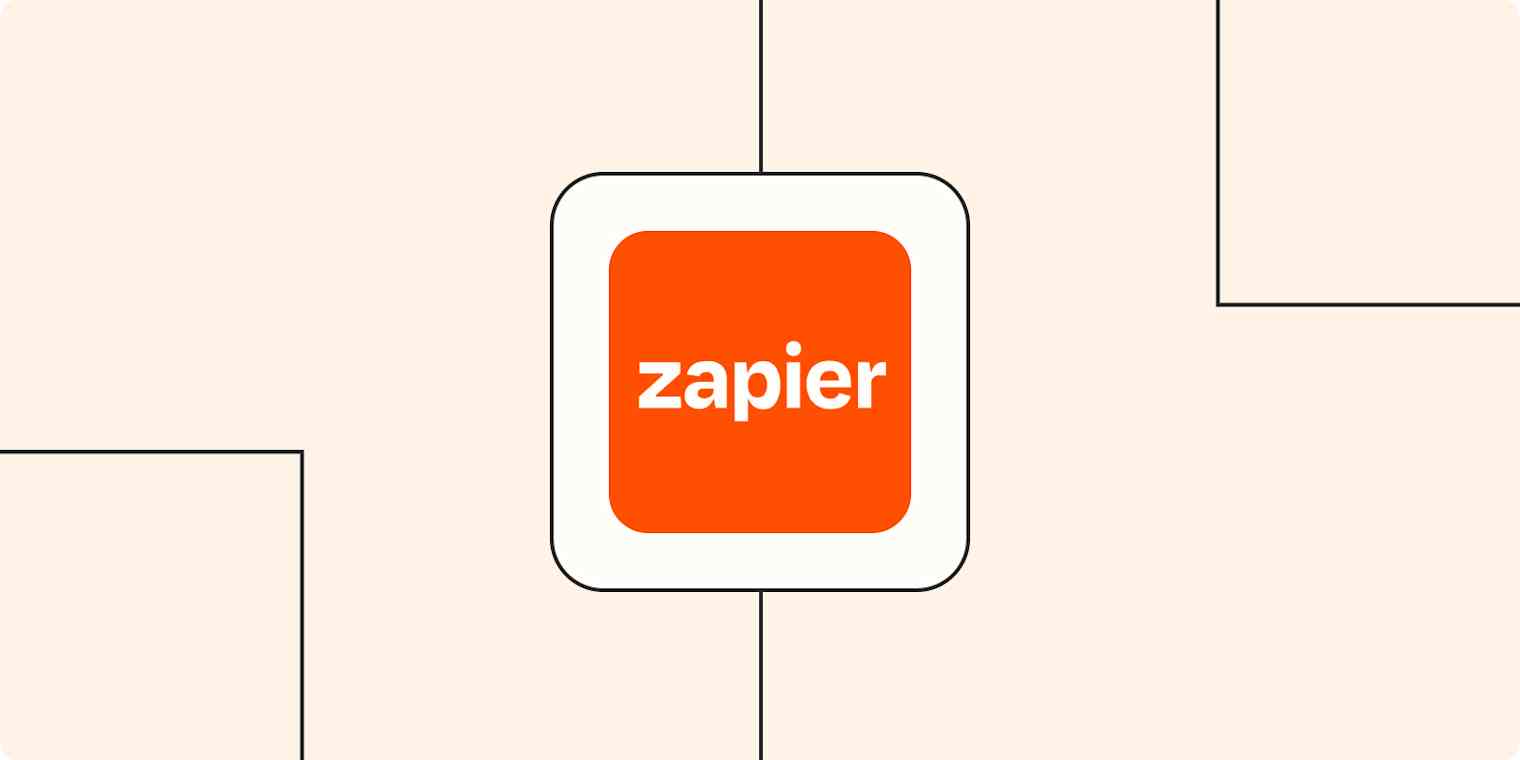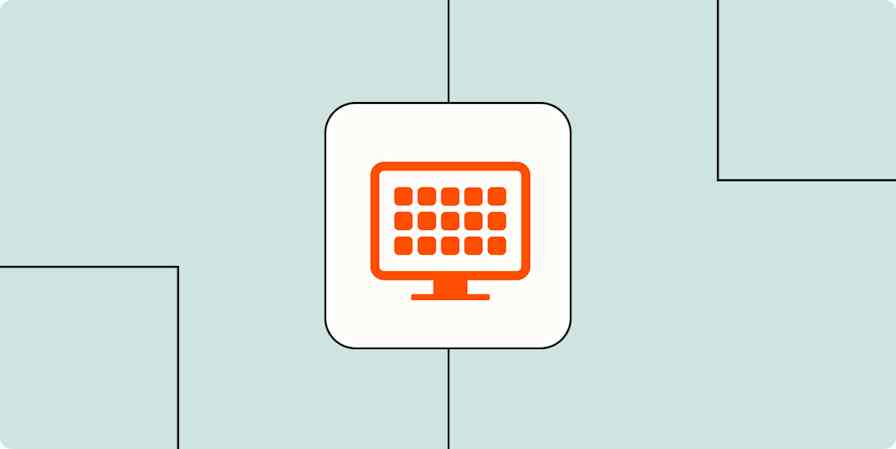Automation inspiration
6 min readDoing more with less: Grow your business with personalized automations
By Caro Griffin · December 14, 2022

Get productivity tips delivered straight to your inbox
We’ll email you 1-3 times per week—and never share your information.
Related articles
Improve your productivity automatically. Use Zapier to get your apps working together.









